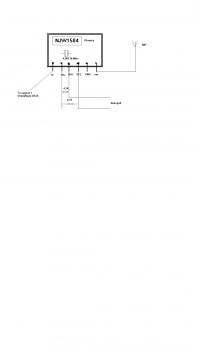Hello all.
I need to run PLJ NJW1504 synthesizer. The problem is that to run it,
it must be initiated via the i2c bus it has. Pdf has nine pages and I have studied it. I tried to run it in the bascomie sending a datasheet bits to the chip - I think so ... well, I can not do it here.
Could someone help me start this synthesizer wiser than me?
I would like to take a look at PDF.
I need to run PLJ NJW1504 synthesizer. The problem is that to run it,
it must be initiated via the i2c bus it has. Pdf has nine pages and I have studied it. I tried to run it in the bascomie sending a datasheet bits to the chip - I think so ... well, I can not do it here.
Could someone help me start this synthesizer wiser than me?
I would like to take a look at PDF.




